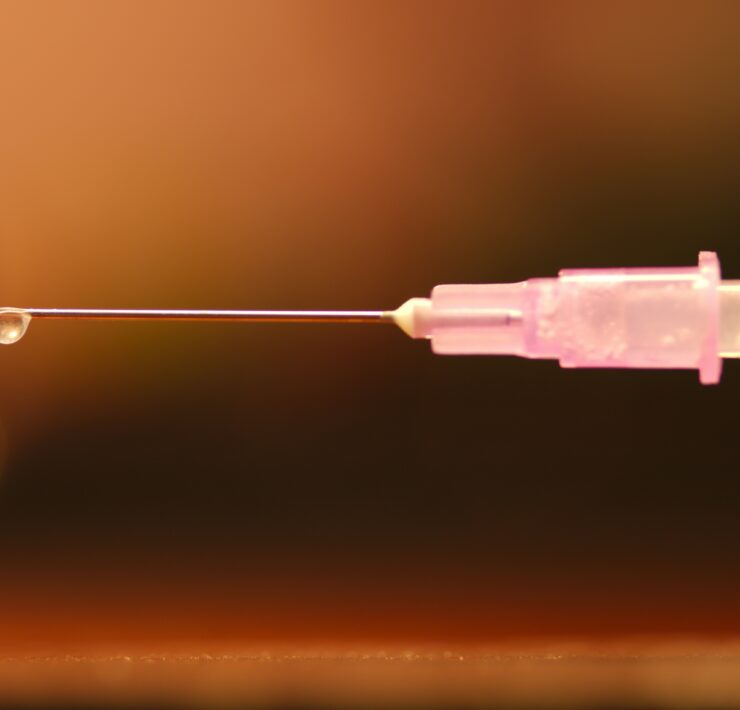Queer Health Policies Being Implemented in Schools

The Center for Disease Control (CDC) recently released a report on school health policies. The Trevor Project has highlighted the issues pertaining to queer youth in this report. The School Health Profile looks into the policies and practices of adolescents’ sexual and physical health and education. This stems from bullying, sexual harassment prevention, and drug use.
The CDC found an increase in schools that have Gay Straight Alliances (GSA) since 2008. Advocacy group One Colorado provided a GSA Summit earlier this year and stated these groups can reduce discrimination and harassment by 10 to 20 percent within schools. Since 2016, schools that give access to social and psychological services with experience in LGBTQ issues have also increased.
Schools with an active GSA have queer students who are less likely to report dating violence and missing school due to feeling unsafe. Schools with similar clubs also reported fewer students stating they are being threatened or injured by a weapon on school property.
Students spend their adolescent years in school, and 40 percent of high school students have stated they have had sex. The CDC reported, “Sexual minority students—those who identify as gay, lesbian, or bisexual, those who are not sure about their sexual identity, and those who have had sexual contact with the same sex—experience higher prevalence of health-risk behaviors like substance use, sexual risk, and suicide risk, and experience greater risk of violence victimization than sexual majority students.”
What is being done among schools to prevent poor health choices and risks?
The School Health Profile reported in order to prevent health risks, students should have access to reproductive health services. There has also been an increase in urban schools teaching sexual education as another addition to their curriculum, making the median now 92 percent.
my school is superior
– never homework
– you get to skip class (sometimes) if you’ve done your work at home
– never forced to do presentations
– very accepting of LGBTQ+
– no dresscode
– cares a lot abt our mental healthin conclusion: y’all should go to my school
— wilma misses dom 117 (@FOOKINHAPPY) September 30, 2019
There are official, national guidelines set in order to prevent sexually transmitted infections and diseases. However, students may not have access to the resources, or they may not seek them out. Adolescents make up nearly half of the newly-reported STD incidents.
Family engagement also serves as a tool for healthy behaviors in adolescents. By involving families to learn and implement safe practices that the schools teach, students can develop multiple areas of support.
It is no surprise inclusive clubs like GSAs are a factor that reduces negative behavior within schools, and many schools are now taking on inclusive practices and policies as well.
The future is bright for queer youth.










